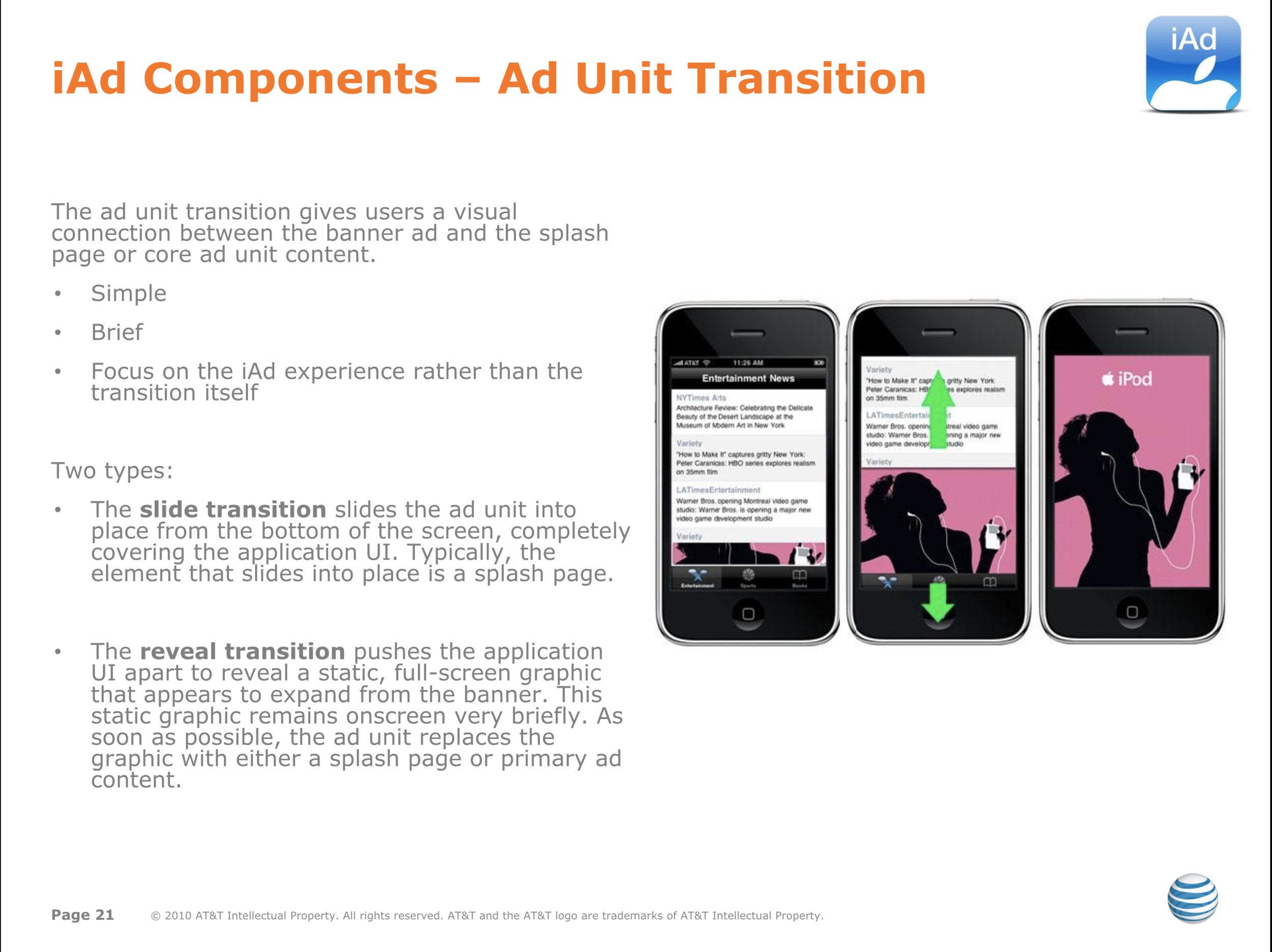
Creating standards for new experiences: AT&T iAds

In the beginning (circa 2010-2011), AT&T was the only cellular company that carried the iPhone. And when Apple introduced the iAd as the first-ever rich media advertising vehicle for apps on mobile devices, AT&T was one of the first corporations to sign up for the program.
There were a couple issues. Key among them was that nobody quite knew what mobile rich media advertising on an iPhone would end up being — what could be done with the ads, what functionalities of the iPhone those ads could tap into, what made sense in an in-app situation, what customers would accept. Working together with Apple and a team of BBDO creatives, we set out to figure that out. Through trial, error, lots of storyboarding and prototyping and debating of specs, lots of collaboration with Apple engineers, lots of back and forth and negotiating with AT&T and Apple, we helped build a set of standards for this new advertising vehicle. It was an opportunity to explore a new white space, try out new things, and quickly codify a set of standards and guide rails to help all of the work moving forward.
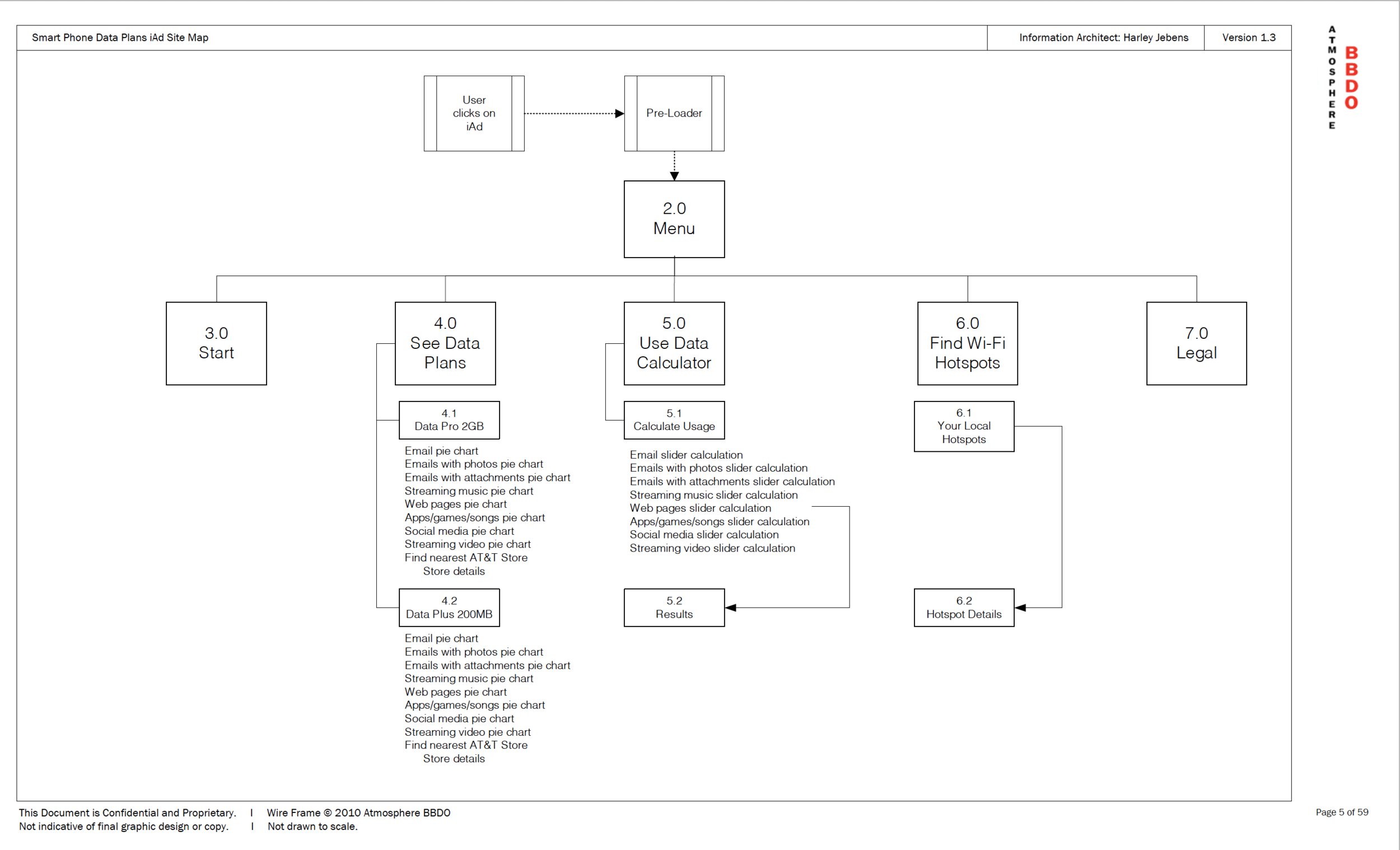
Site map for an iAd experience promoting AT&T data plans
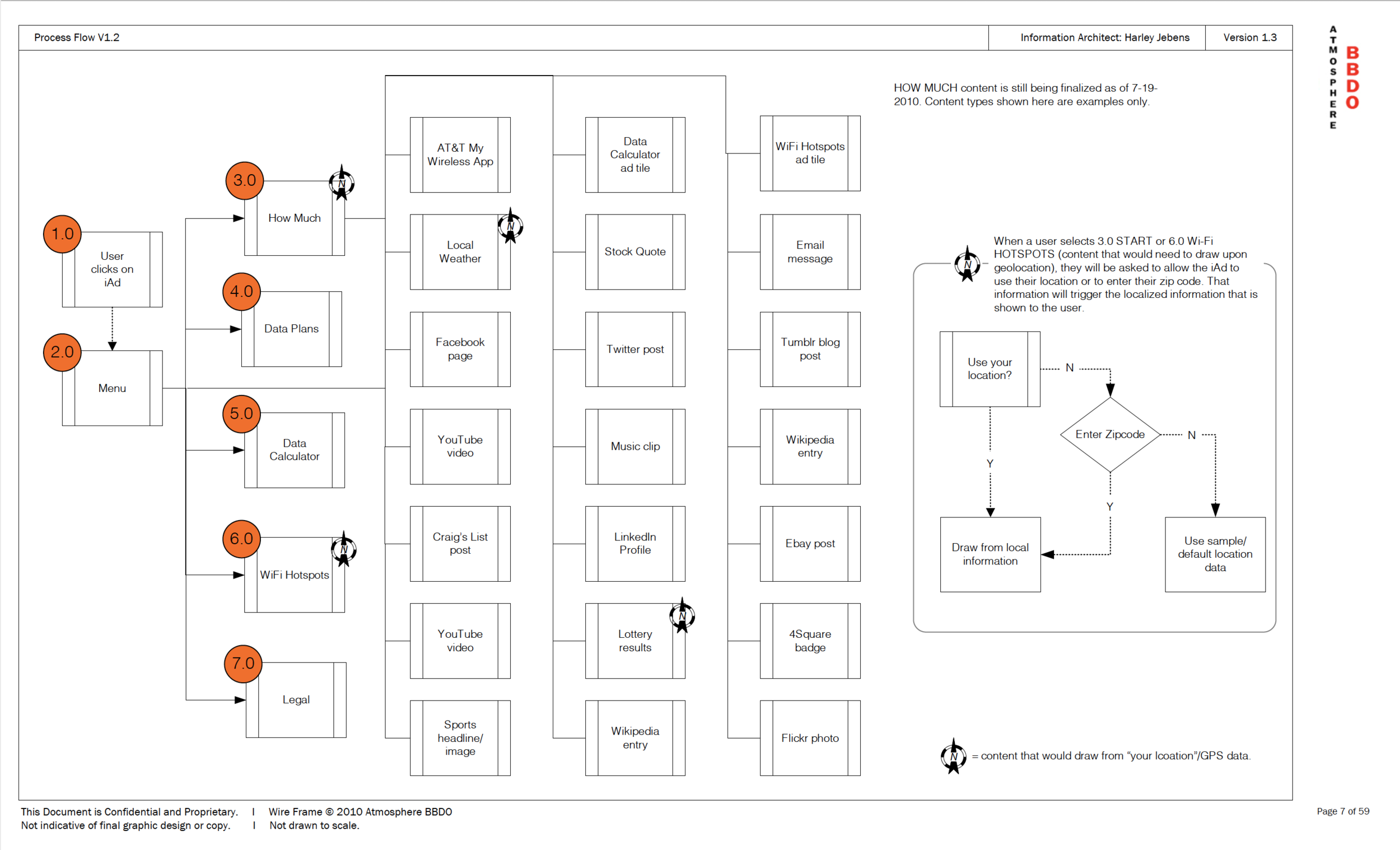
Process flow for the data plan experience.
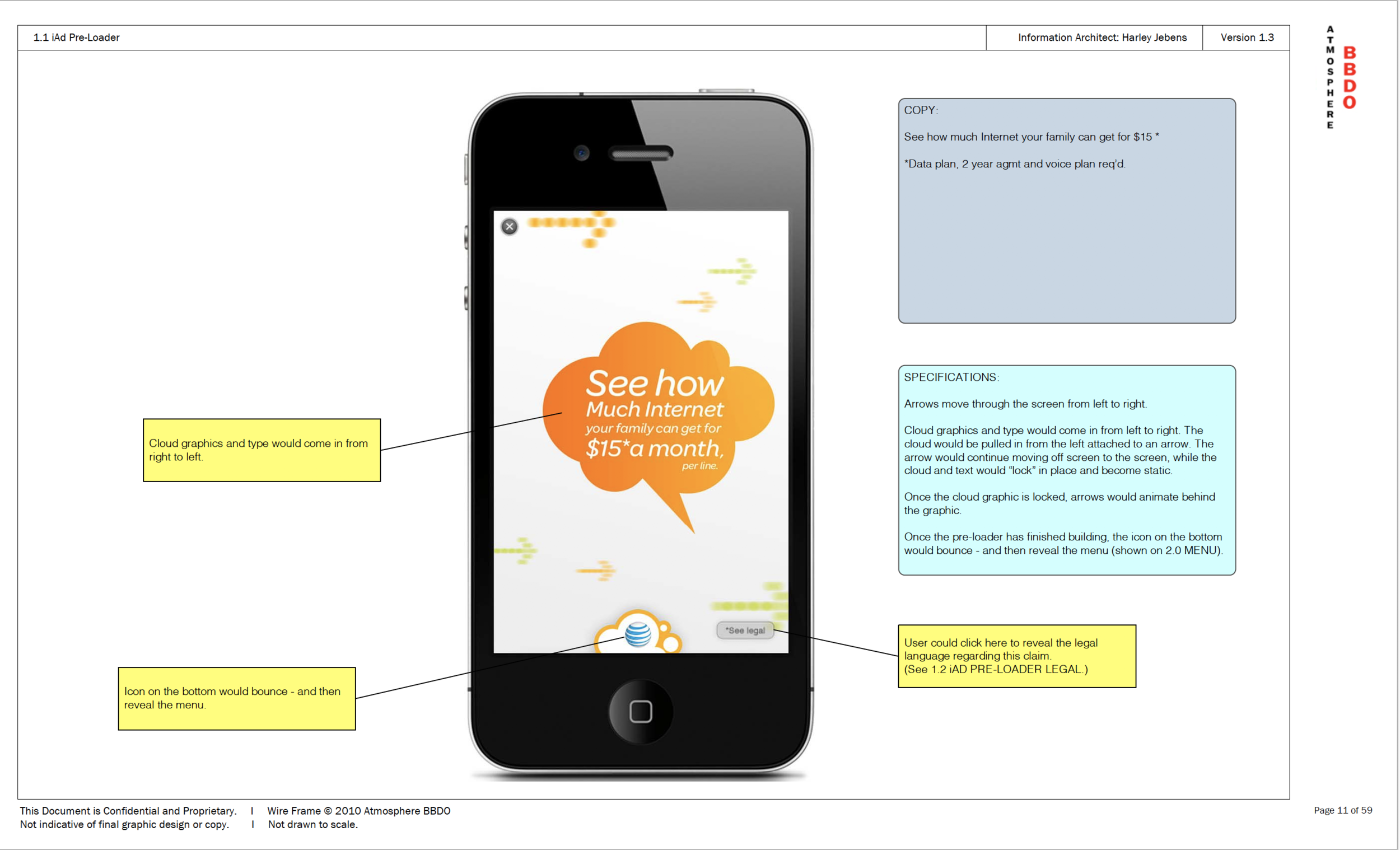
Annotations and specifications.
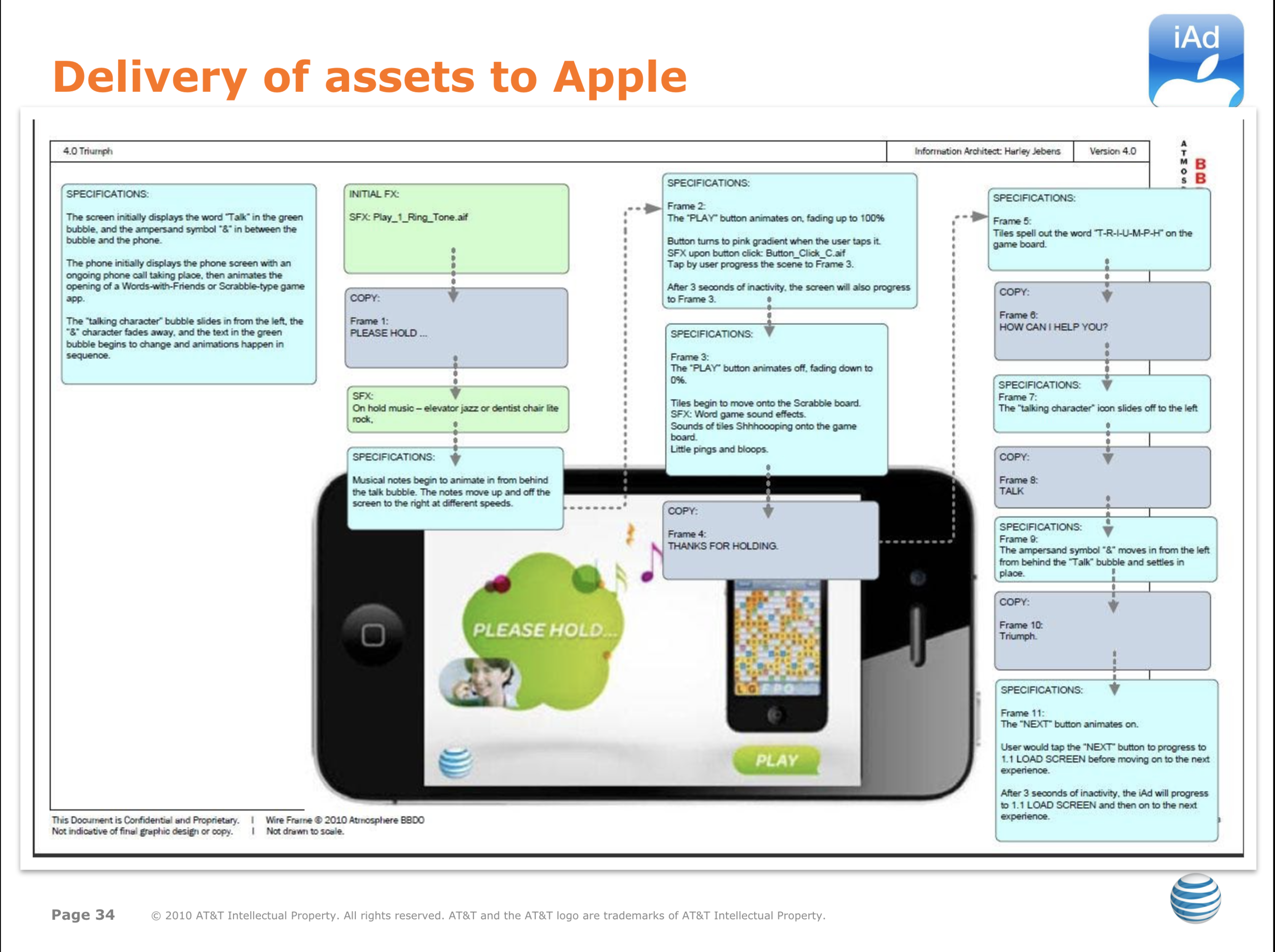
Packaging up of copy, animation notes, assets and annotations to hand off to the team at Apple, who built out the experience.
There was also the issue of what should AT&T be advertising on an iPhone? When you take into account the fact that iPhone owners were the most premium of AT&T customers who already owned the highest end mobile phone on the market, the idea of cross-sell and upsell took on a whole new meaning.
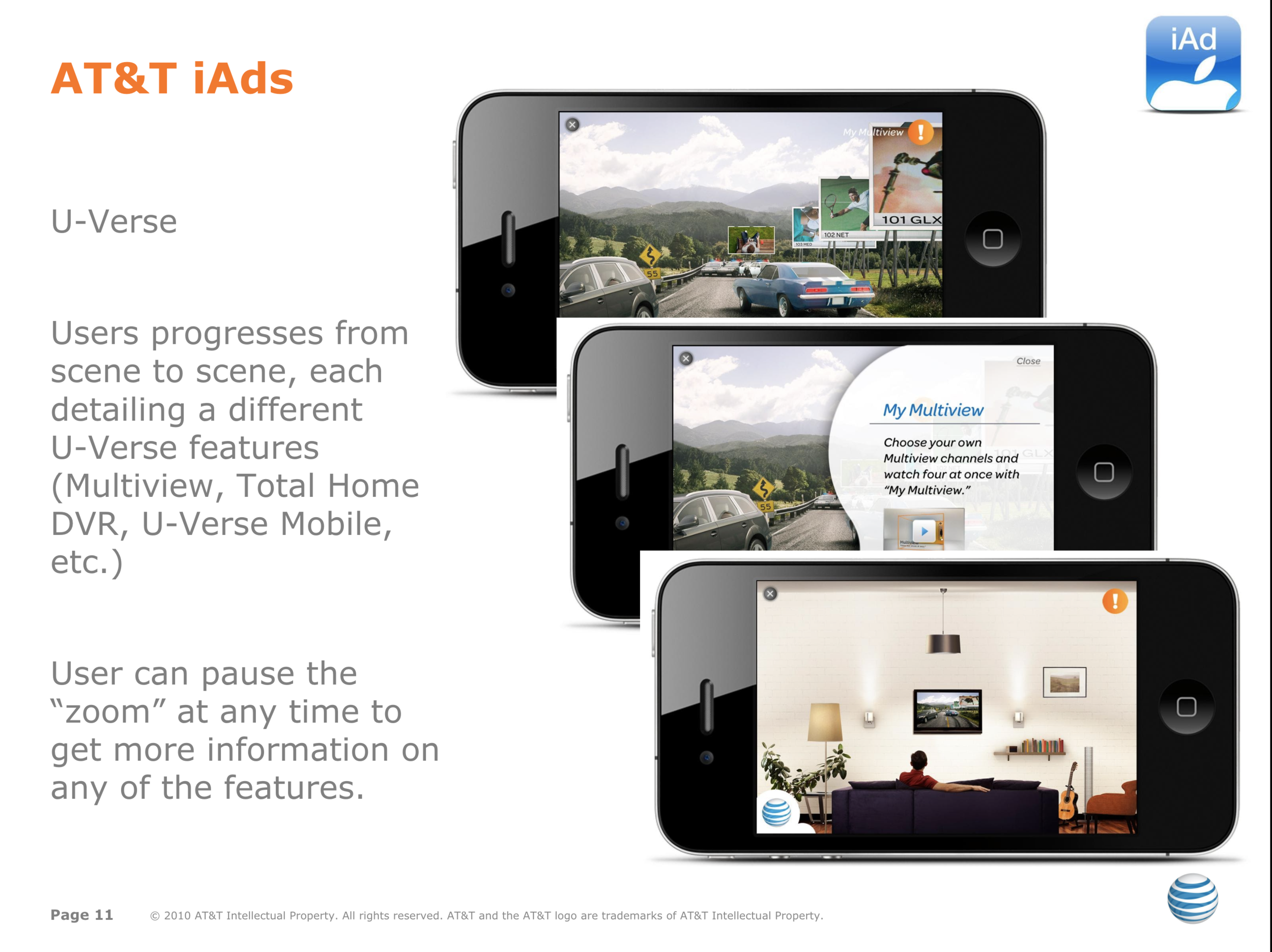
We promoted the U-Verse TV service.
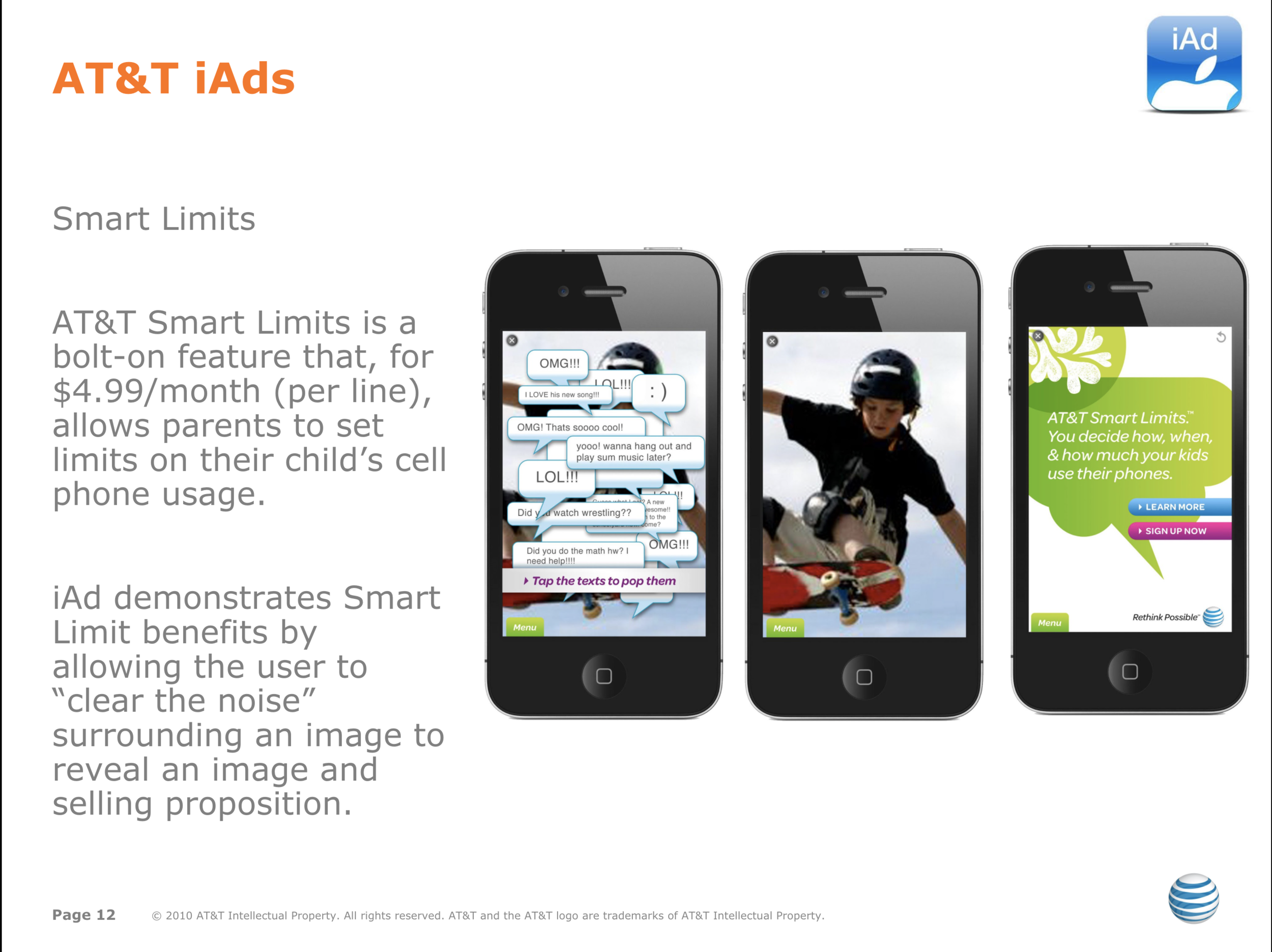
We advertised the Smart Limit service offered by AT&T.
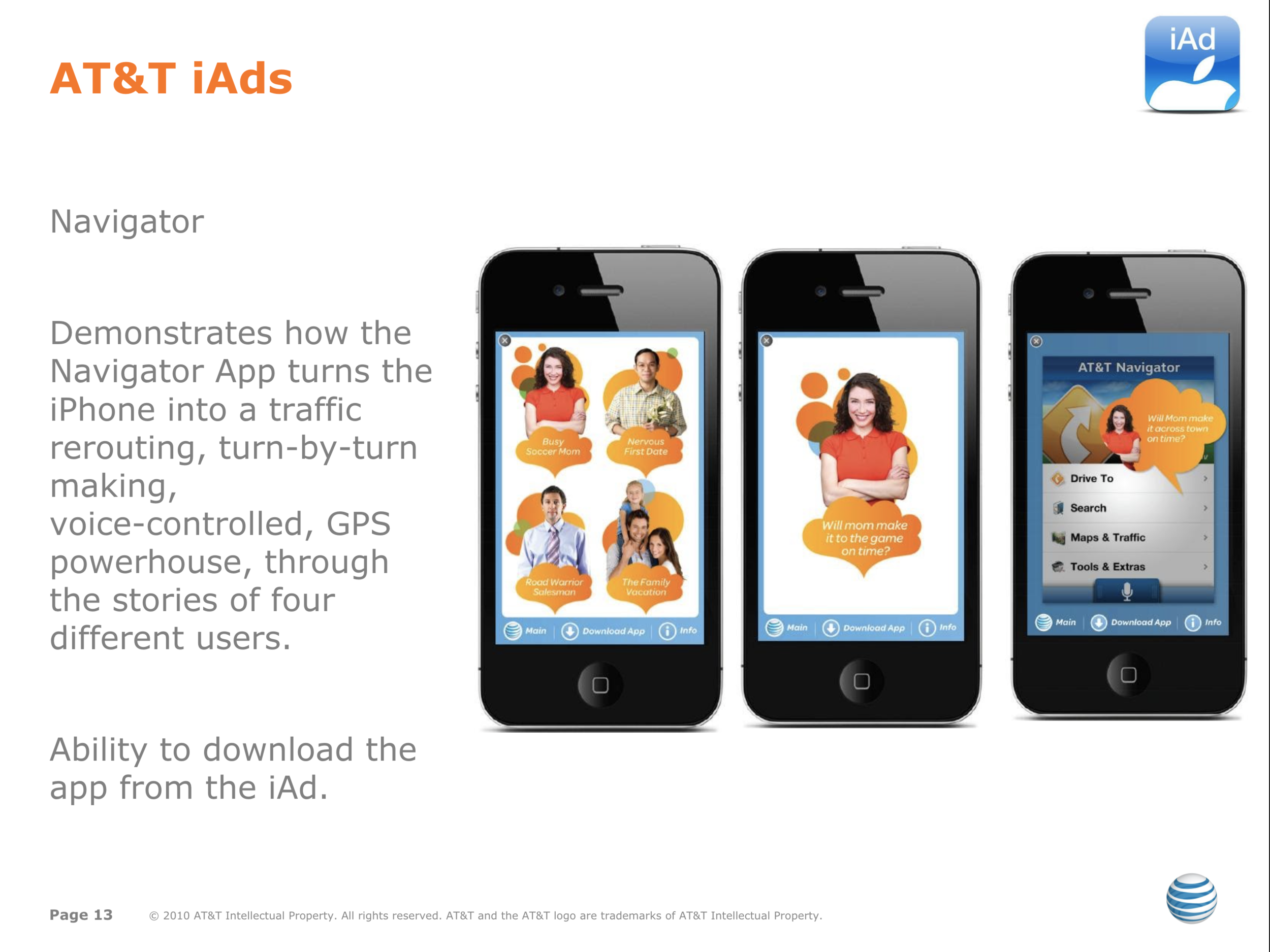
We advertised mobile apps built by AT&T to help its customers get the most out of their iPhones.
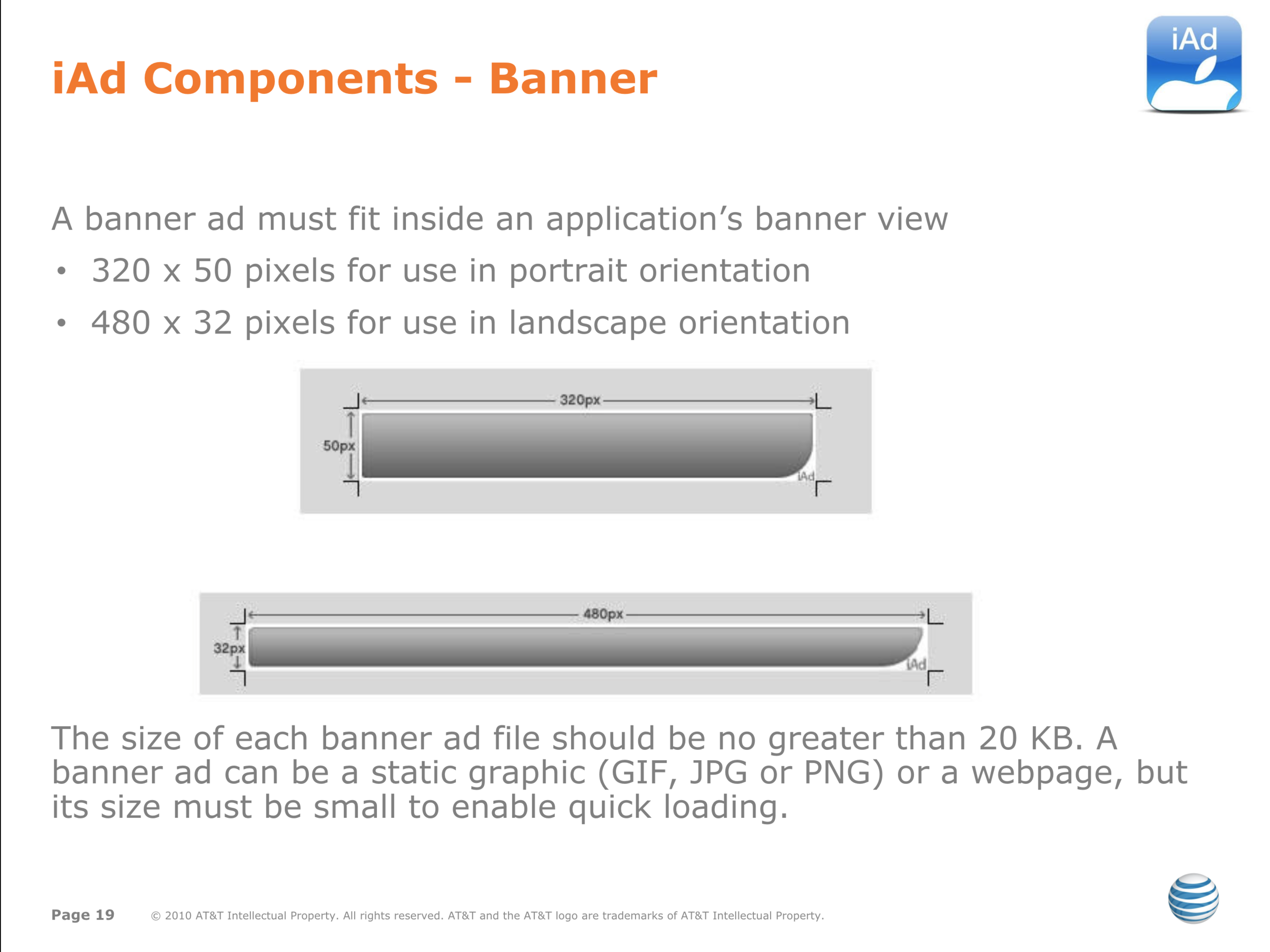
We created onboarding documentation to help new creative and tech teams get up to speed on the capabilities (and limitations) of the iAd format as quickly as possible.
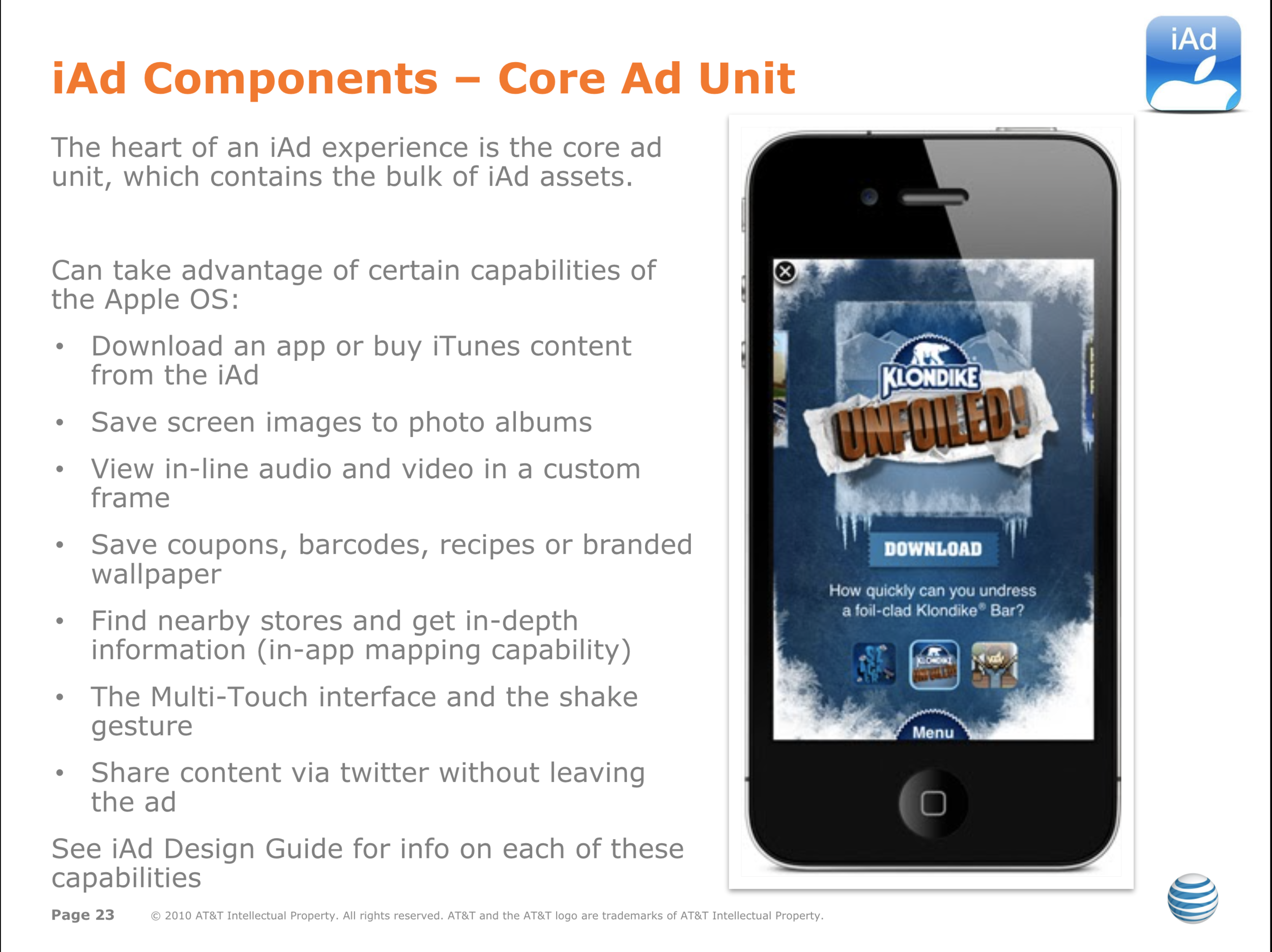
You can check out that onboarding documentation here.